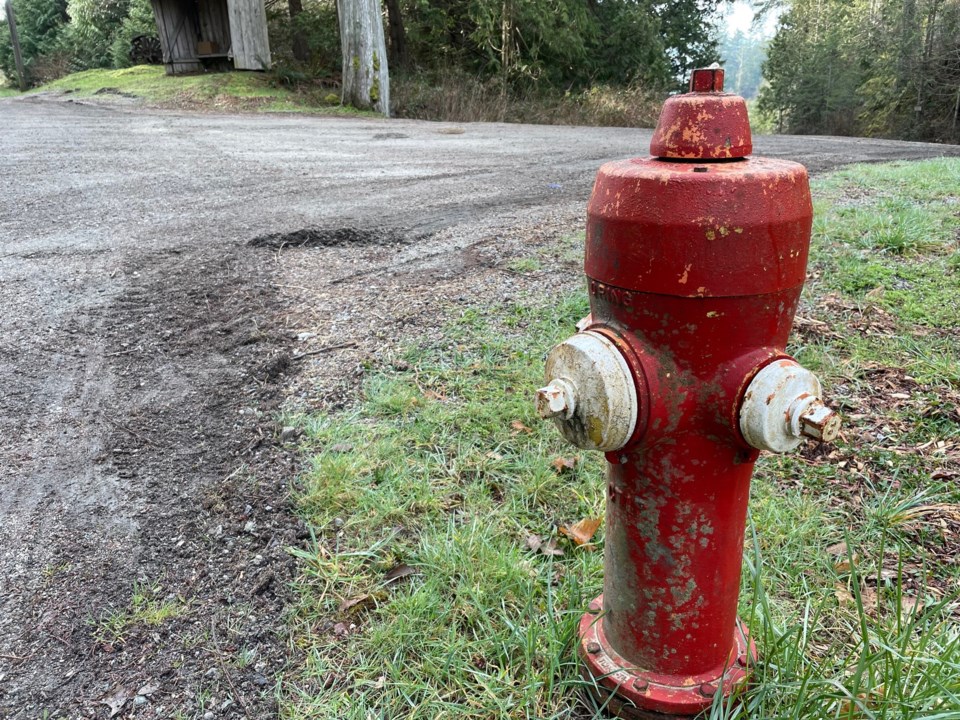Matching legalities with current practices proved to be a complicated undertaking for the Sunshine Coast Regional District (SCRD) board at its March 14 meeting. Confusion over how the draft subdivision servicing bylaw amendment regarding fire flows met the board’s ask to address concerns raised by the local land development and construction industry required a portion of the meeting be closed to the public. That allowed elected officials to delve into the legal advice provided on the matter.
When the public session resumed, the board endorsed a motion to consider the amendments as drafted and approved all four readings, changing the bylaw. With representatives from Gibsons and the shíshálh government district not at the meeting, opposition from Roberts Creek area director Kelly Backs and Sechelt director Alton Toth was not enough to upset adoption and send the amendment back to the drawing table.
In proceeding with changes as proposed, the board followed advice provided by its corporate officer, Sherry Reid. She explained that the amendments had been drafted in consultation with legal counsel and that “making changes on the fly” to the wording could have unintended consequences and undetermined legal impacts for the bylaw and district operations.
What changed?
The changes add a definition to the legislation for “MMCD Design Guidelines." The bylaw now reads that those are “Construction Document Design Guidelines published by the Master Municipal Construction Documents Association that is in place at the time of the design of the works and services."
Also, the bylaw schedule on water system design pressures was updated. The new wording states fire flows are to be determined in accordance with the requirements of the current editions of those guidelines and “Water Supply for Public Fire Protection – A Guide to Recommended Practice published by the Fire Underwriters Survey." Where a difference arises between MMCD minimum requirements and the current edition of the Fire Underwriters Survey's recommended practices, the SCRD will apply “the more stringent requirements."
Why make changes?
Community concerns around fire flow pressures in SCRD water systems were heightened early in 2024. In mid-December, the SCRD had notified some applicants that consideration of some land development permits was paused while the local government determined how best to proceed in areas with aging water infrastructure. The SCRD had received a water systems hydraulic analysis and staff questioned the ability of older and undersized pumps and pipes to meet current guidelines for fire flow pressures when developments of increased densities were proposed.
After the message reached the land development and construction community, that group came out in force to SCRD board and committee meetings starting in late January. They told local elected officials that “a hold” on development was not acceptable to them and could cause economic upheaval for many in the region. That prompted the board to look for a compromise to allow development work to proceed where fire flow pressures met existing practices. In areas where questions of flow adequacy existed, the board wanted to see staff and the applicants work together to find alternatives that could be applied to safely service new developments.
Board chair Leonard Lee summed up the debate on the bylaw amendments with words of thanks to staff and his fellow directors, calling the matter “a tough one but I think we’re OK."



